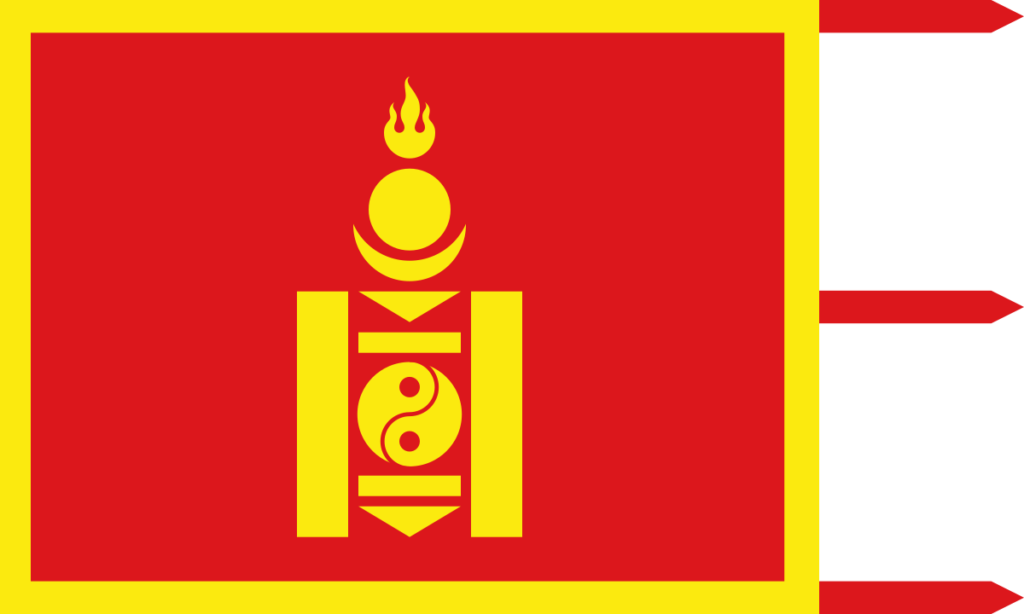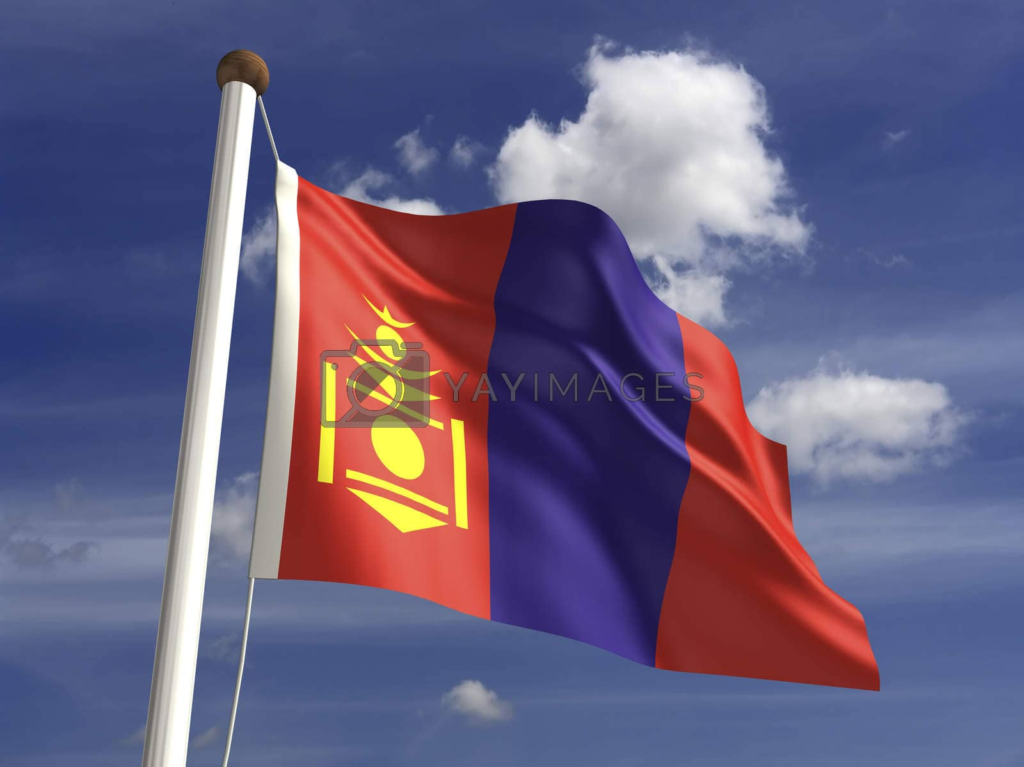The Mongolian Flag Through the Ages: A Historical Journey2024
The Mongolian Flag Through the Ages: A Historical Journey
Table of Contents
Introduction
The Mongolian flag stands as a powerful symbol of the u. S .’s wealthy history, cultural identity, and countrywide pride. Over centuries, Mongolia has experienced dramatic political shifts, cultural differences, and external impacts, all of which have been pondered in its country-wide flag. mongolian flags, From the times of Genghis Khan’s empire to the contemporary democratic republic, the evolution of the Mongolian flag mirrors the u. S .’s dynamic journey through time. mongolian symbols, This article gives a detailed exploration of the Mongolian flag’s historical transformation, highlighting its cultural and symbolic significance.

1. Pre-Flag Symbols of Mongolia: Ancient Banners and Standards
Before the modern concept of countrywide flags, historic Mongolian empires, inclusive of the Xiongnu and the Mongol Empire, used symbols to symbolize energy and authority. bandera de Mongolia, One of the earliest and most iconic symbols of the Mongols changed into the Sulde or Tug, a sacred navy fashionable proposing a horse’s tail. Mongolia flag, The Sulde represented the spirit of the Mongol warriors and served as a rallying factor throughout battles.
Genghis Khan, the founding father of the Mongol Empire, made vast use of the Sulde to unite his troops. flag Mongolia, His empire spanned a great deal of Eurasia inside the 13th century, and even as no country-wide flag existed in the manner we understand flags these days, these symbols were respected as representations of Mongol strength.
2. Mongolia’s First National Flag (1911-1921)
The presentation of Mongolia’s most memorable decent countrywide banner arrived in 1911 when the u. S . Proclaimed its freedom from the Qing Line of China. Mongolia flag, At that point, Mongolia mounted a religious government beneath Bogd Khan, and the new banner considered Mongolia’s strict and political distinguishing proof. Mongolia flags, The flag was a simple red area, symbolizing the USA’s Buddhist roots and the blood spilled in pursuit of freedom.
The maximum hanging characteristic of this flag turned into the golden Soyombo symbol, an ideogram that holds profound cultural and religious meaning. genghis khan symbol, The Soyombo remains a key element of the Mongolian flag even today. mongolia flag emoji, This first country-wide flag marked Mongolia’s aspirations for independence and sovereignty, notwithstanding being caught between essential powers like Russia and China.

3. The Influence of Soviet Union and Communist Symbolism (1924-1992)
Mongolia went through broad changes in the 20th 100 years, particularly with the foundation of the Mongolian Nation’s Republic in 1924, underneath Soviet impact. Mongolian colors, The banner embraced in 1924 mirrored Mongolia’s shift nearer to socialism and its arrangement with the Soviet Association.
This new flag kept the crimson and blue stripes, which represented progress and the Mongolian people, respectively. mongolian symbol, The golden Soyombo image changed into positioned on the red stripe, symbolizing the United States’s long-standing cultural history. drapeaux mongolie, However, an essential addition changed into made: mongolia flags, the inclusion of a five-pointed celebrity and a hammer and sickle above the Soyombo, representing Mongolia’s commitment to socialism and its repute as a Soviet satellite country.
The shade crimson became a dominant symbol of revolution, whilst the blue stripe continued to represent the eternal sky, an important concept in Mongolian subculture and spirituality. monglia flag, This flag remained in use till the collapse of the Soviet Union.
4. Mongolia’s Modern Flag (1992-Present): A Post-Soviet Redesign
Following the democratic revolution of 1990 and the fall apart of the Soviet Union, Mongolia sought to redefine its countrywide identification, moving far from communism at the same time as preserving key factors of its cultural records. In 1992, Mongolia followed the flag that is nonetheless in use today.
The cutting-edge flag keeps the 3 vertical stripes of crimson and blue. drapeaux Mongolia, The two purple stripes represent Mongolia’s independence, bravery, and perseverance, even as the important blue stripe symbolizes the eternal blue sky. mongolian flags, This coloration is deeply rooted in Mongolian ideals, where the sky is regularly regarded as a protective and guiding pressure for Mongolian human beings.
The most extensive trade was the elimination of the socialist symbols—the hammer, sickle, and famous person. bandera de Mongolia, The Soyombo symbol remained, now simplified to mirror the US’s historical past and values without any association with communism.
The Soyombo maintains a relevant position in the current flag, and each part of the image carries specific means:
- Fire: The pinnacle flame represents beyond, gift, and future prosperity.
- Sun and Moon: The sun and moon are symbols of eternity, signifying that Mongolia will undergo as long as those celestial bodies exist.
- Triangles: These symbolize the energy to triumph over both inner and external enemies.
- Horizontal Bars: These constitute honesty and equity.
- Yin-Yang (Fish): An image of balance and vigilance, with fish by no means last their eyes.
- Vertical Bars: These stand for Mongolia’s independence and national harmony.
The removal of the socialist symbols in 1992 marked a full-size step towards Mongolia’s independence from foreign impact and its motion closer to a democratic government.

5. The Soyombo: Mongolia’s Most Enduring Symbol
Throughout Mongolia’s flag history, one detail has remained unchanged—the Soyombo. mgl flag, This image holds deep spirituality and country which means. red in Mongolian, The Soyombo was first designed using Zanabazar, an outstanding Mongolian pupil, in the seventeenth century. It turned into used not simply as a countrywide image but additionally in spiritual and artistic contexts.
The components of the Soyombo are not simply ornamental; each represents an essential component of Mongolian philosophy, politics, and subculture. bandera de Mongolia, The fireplace, sun, and moon signify eternal life and prosperity, at the same time as the yin-yang symbolizes balance. The vertical bars represent the electricity and harmony of the Mongolian humans, characteristics which have been essential in a rustic often caught between effective friends.
The enduring presence of the Soyombo inside the flag shows how deeply rooted it is in Mongolia’s countrywide recognition. meaning of mongolia flag, Even with converting governments, revolutions, and overseas influences, the Soyombo has remained a consistent logo of Mongolian identity.
6. Mongolia’s Flag Today: A Symbol of Unity and Pride
Today, the Mongolian flag flies proudly over authority buildings, colleges, and public areas, serving as a unifying image for the country’s human beings. drapeaux mongolie, The flag is prominently displayed at some stage in country-wide vacations including Naadam, an annual festival celebrating Mongolia’s conventional sports, together with wrestling, archery, and horse racing.
The flag additionally performs a crucial role in global settings, representing Mongolia in worldwide events along with the Olympics, United Nations conferences, and other diplomatic boards. It serves as a reminder of Mongolia’s resilience, independence, and robust cultural background.
For many Mongolians, the flag isn’t only a political image; it’s miles a mirrored image of the US’s connection to nature, spirituality, and long, proud records of nomadic existence. The red and blue colors, coupled with the Soyombo, encapsulate the unique spirit of Mongolia—one in every of perseverance, harmony, and a long-lasting hyperlink to the everlasting blue sky.

7. The Mongolian Flag in Popular Culture and Art
In recent years, the Mongolian flag has discovered its manner into famous tradition and art, specifically as Mongolia’s international visibility has elevated. Mongolian artists frequently include the flag’s colorations and emblems in their paintings, reflecting national pride. The Soyombo symbol has also emerged as a popular motif in earrings, tattoos, and apparel, serving as a personal expression of Mongolian identity.
With the upward thrust of Mongolia’s financial system and its increasing participation in worldwide affairs, the flag keeps to play a substantial function in shaping the u. S . A .’s global photo. Mongolians, both domestically and abroad, use the flag as an image of their shared background and pleasure, especially within the worldwide diaspora.

Conclusion
The Mongolian flag is a powerful testament to the u. S .’s rich records, enduring cultural values, and the resilience of its people. From ancient banners of war to modern symbols of sovereignty, the flag has evolved to mirror Mongolia’s journey through times of conquest, socialism, and democracy. The Soyombo, mainly, has remained a regular through some of these transformations, wearing deep cultural and non secular significance.
As Mongolia continues to broaden and modernize, its flag serves as a reminder of the nation’s precise identification, strong roots, and a destiny that stays tied to its proud past. The Mongolian flag will hold to wave as an image of independence, country-wide pride, and the eternal spirit of its humans.







Write a Comment